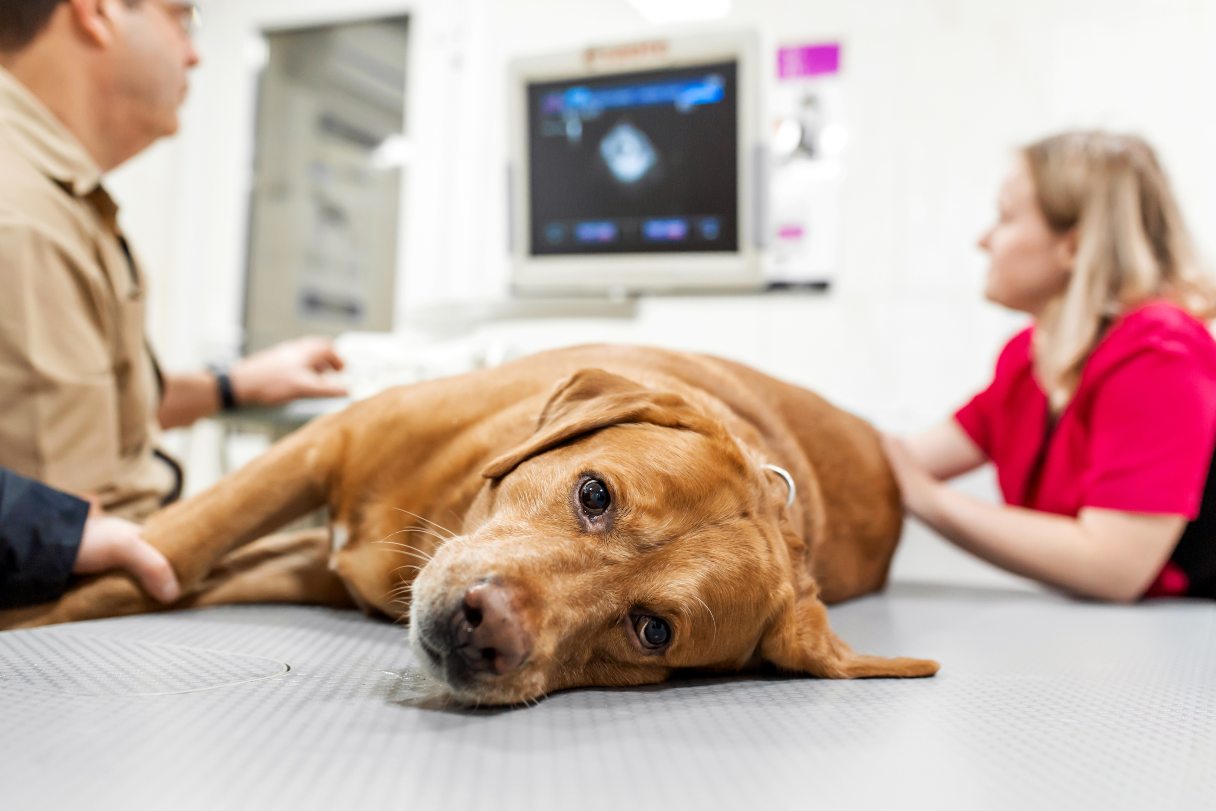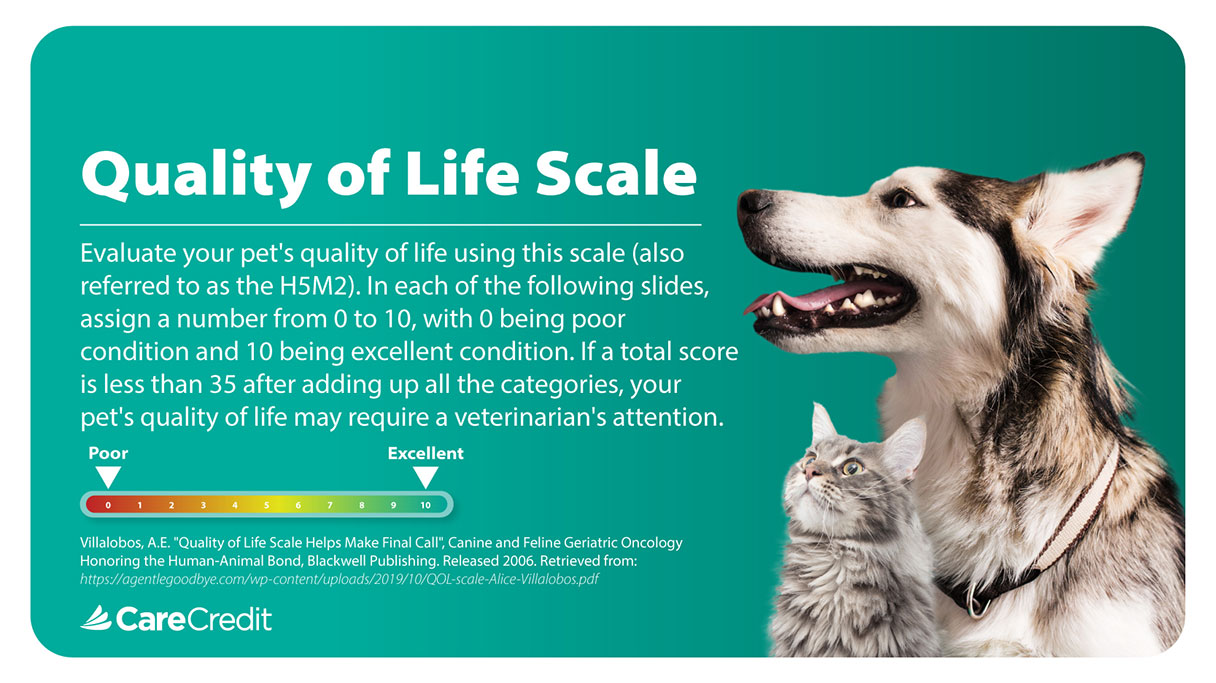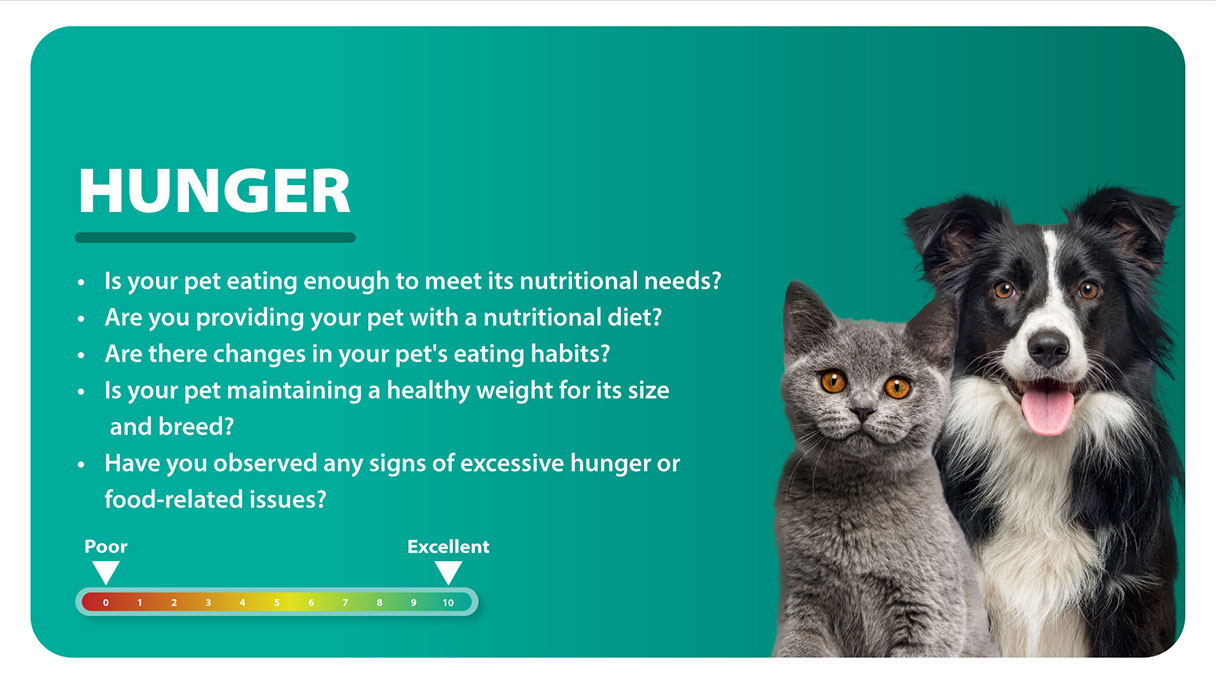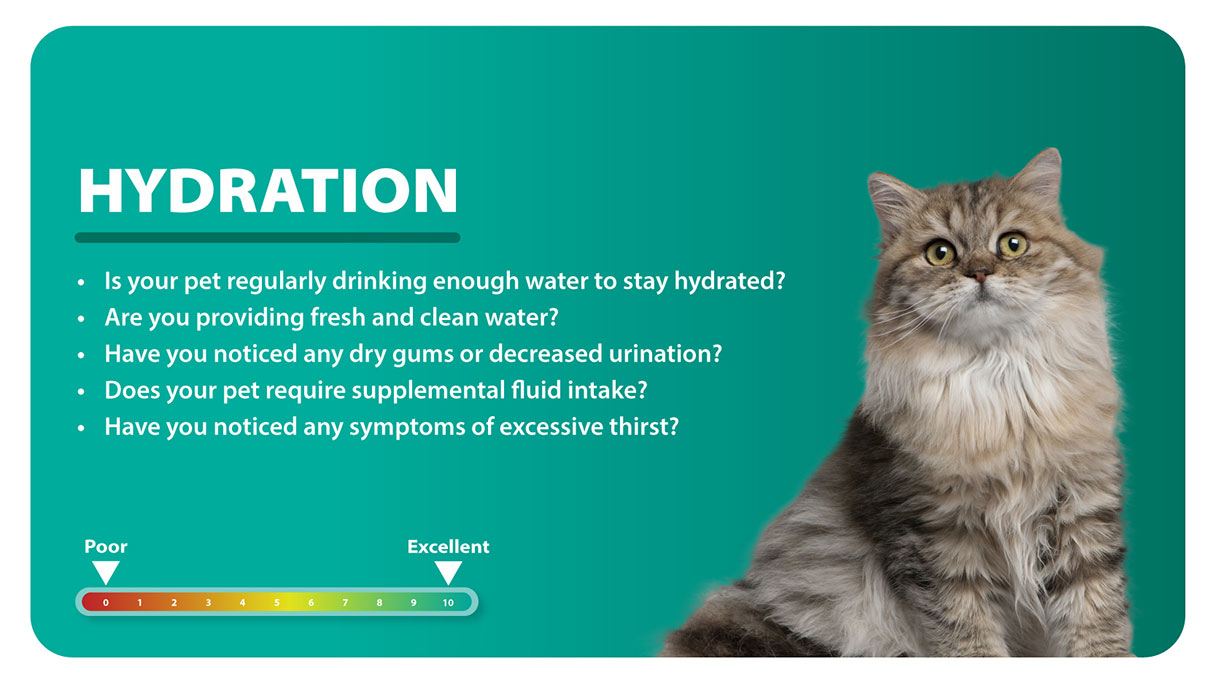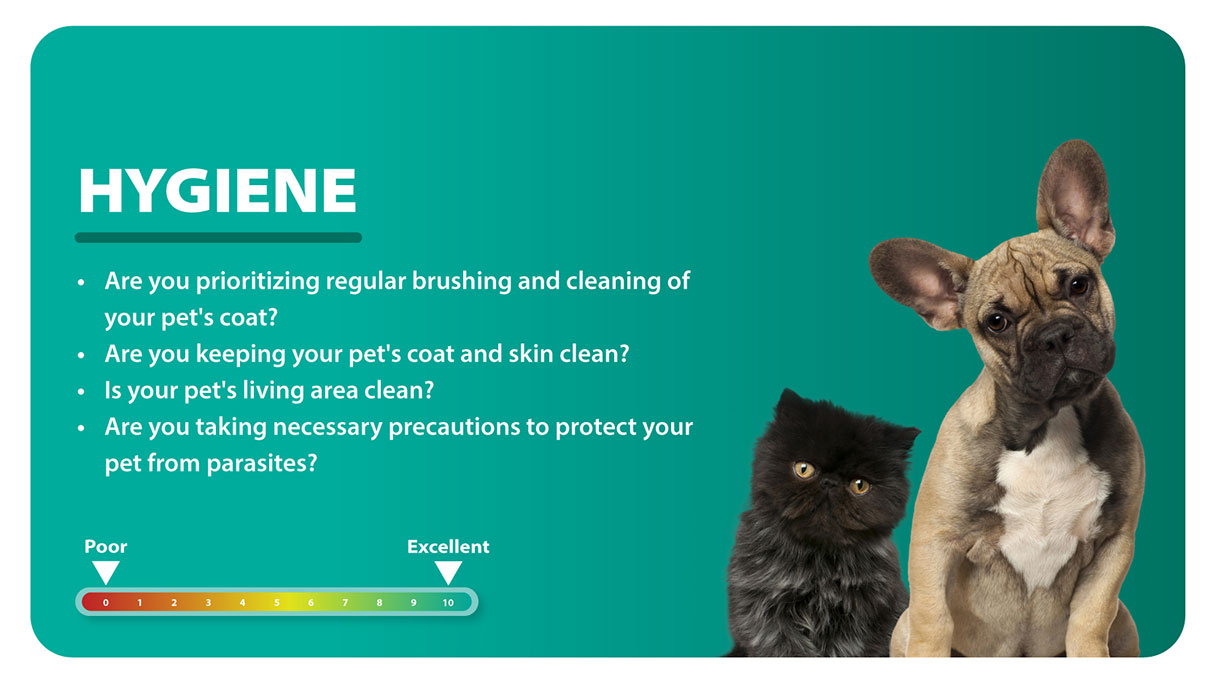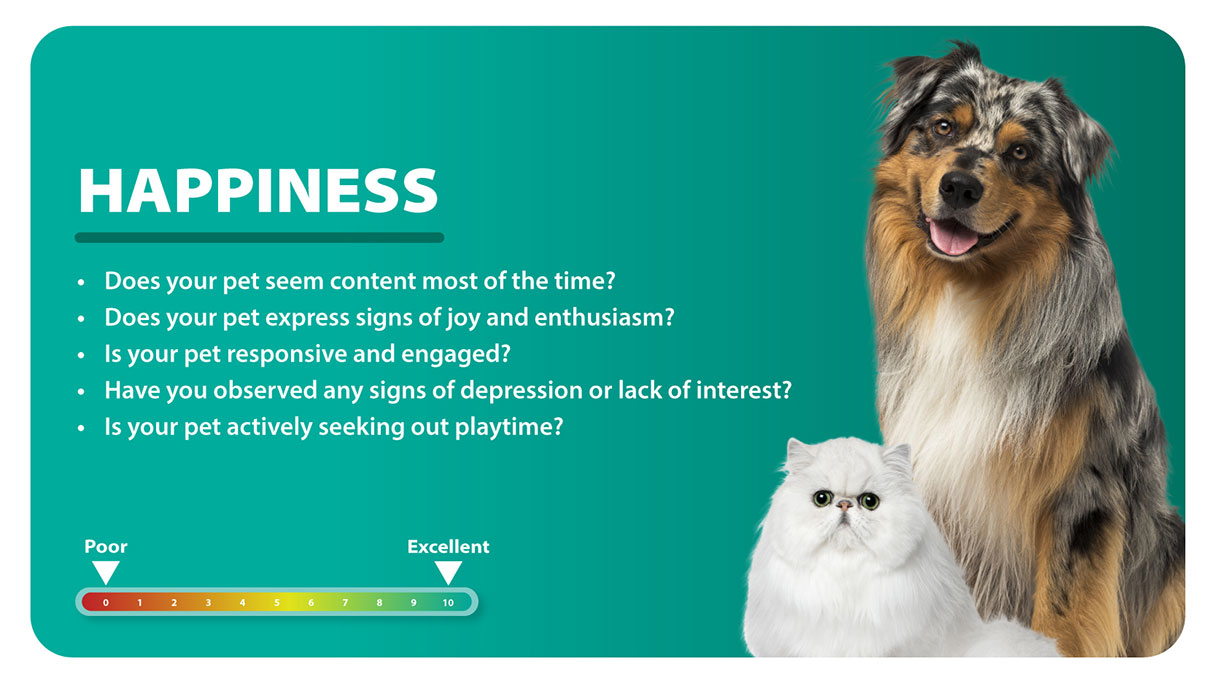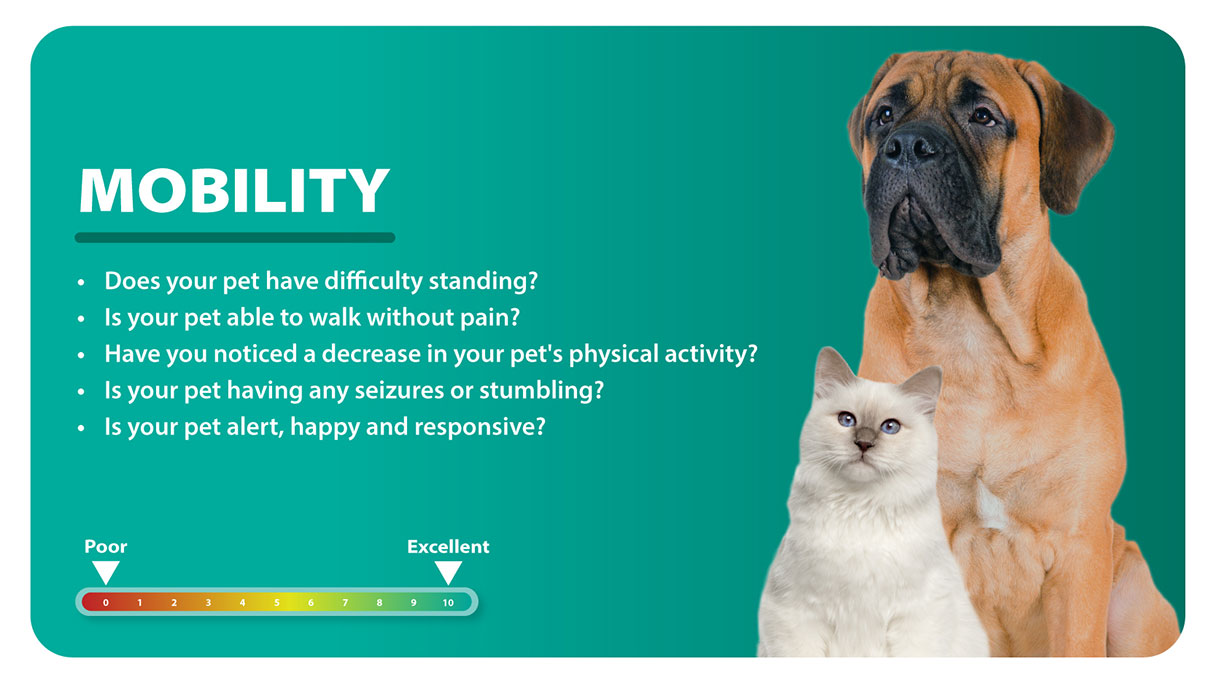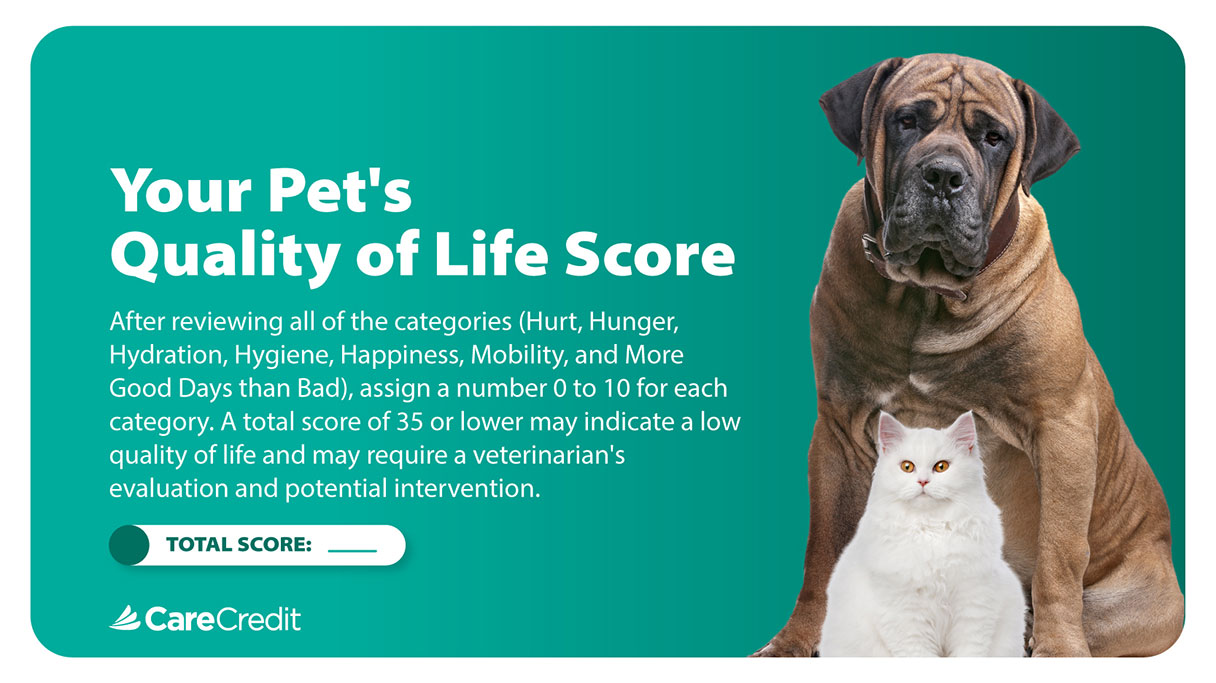The kidneys are essential organs for both dogs and humans — they act as the body's filter, removing waste from blood and producing urine. Dogs have two kidneys, one on each side of the abdomen, that also play a vital role in regulating fluid, mineral and electrolyte balance; conserving water and proteins; and maintaining blood pressure and red blood cell production.
What Is Chronic Renal Failure in Dogs?
If the kidneys are weakened and unable to function properly, your dog may be diagnosed with chronic renal failure (CRF), also known as renal insufficiency or chronic kidney disease (CKD). Once diagnosed, your vet will classify the disease into one of four stages:
- Stage I: Typically no clinical signs or symptoms (pre-failure)
- Stage II: Some noticeable clinical signs (mild failure)
- Stage III: Many noticeable clinical signs and the dog may act ill (moderate failure)
- Stage IV: Majority of clinical signs and the dog is in crisis (severe failure)
Because there are usually few to no symptoms in the early stages, you may not notice until your dog's CRF has reached more advanced stages. Your vet will diagnose your dog with routine blood work and a urinalysis to analyze specific kidney markers, especially creatinine, blood urea nitrogen, phosphorus, electrolytes, calcium, red blood cell count, symmetric dimethylarginine and urine specific gravity. They may also recommend other testing, such as a urine culture, blood pressure check, and X-rays or an abdominal ultrasound.
Early Signs of Renal Failure in Dogs
If your dog is diagnosed with chronic renal failure, here's what you may expect them to experience in the early stages of disease progression:
- Increased thirst and urination
- Decreased appetite
- Weight loss
- Intermittent vomiting and/or diarrhea
- Lethargy or decreased activity levels
Advanced Signs of Renal Failure in Dogs
As CRF starts to get more severe, some of the signs you may notice include:
- Dehydration and excessive drooling
- Bad breath and, occasionally, oral ulcers
- Pale gums and increased heart rate
- Weakness and difficulty walking
- Seizures or collapse
How to Help Manage a Dog With Renal Failure
The primary ways to manage CRF are by providing fresh water, encouraging drinking and a kidney-friendly diet that may include canned or wet food to add more liquid; medications may be prescribed if necessary. Hydration is especially important if your dog is vomiting or having diarrhea often. Here are some other ways you can help manage specific issues:
- Decreased appetite. You'll work with your veterinarian on a treatment plan, but you may give your dog an appetite stimulant or a special diet to gain weight if they are having a lot of trouble eating.
- Lethargy. If your dog is lethargic, the best thing you can do is let them rest and conserve their energy. Ensure your dog has a comfortable, safe and clean place to sleep.
- Weakness or difficulty walking. If possible, limit how much your dog has to walk by assisting them when they need to go outside or keeping their food and water nearby.
- Seizures. The most important thing to do when your dog is having a seizure is to keep them safe and away from anything they could get hurt on. Gently hold their head and comfort your pup until the seizure is over.
Hospice Care for a Dying Dog With Renal Failure
There is no cure for chronic renal failure. Many dogs can have a decent quality of life for many months to years, but once the disease progresses to stages III and IV, your dog will usually require more medical and dietary assistance.
In some cases, it might be possible to get hospice care, which is when a veterinarian comes to provide palliative care to your pet at your home. Palliative care focuses on making your dog as comfortable as possible until the time comes to say goodbye. This can be especially helpful in reducing the number of stressful trips to the vet's office.
Hospice care or treatments for dogs may include:
- Erythropoietin injections to treat anemia, if applicable
- Dietary supplements and phosphorus binders
- Anti-nausea and anti-vomiting medications
- Fluids therapy given subcutaneously or through IV to help keep your dog hydrated
Do your best to lower their stress by keeping the environment calm, continuing their (and your) daily routines as much as possible, being present and loving with your dog and preparing to let your fur friend go when the time comes.
Knowing When to Say Goodbye
It is never easy to say goodbye to a four-legged family member, and it is a gut-wrenching decision for pet owners. Many veterinarians use the HHHHHMM scale (H5M2 scale) to determine a dog's quality of life and help inform an end-of-life decision. HHHHHMM stands for:
- Hurt
- Hunger
- Hydration
- Hygiene
- Happiness
- Mobility
- More good days than bad days
Pet owners are asked to rate each of these points on a scale of 1 to 10. A score of below 35 means it is likely time to have a conversation with your veterinarian about making the humane decision to euthanize your pet.
It's common to feel overwhelmed with sadness, grief and even anger after losing your beloved dog. It's important to remember that you don't have to handle your feelings alone. Two resources for support are the Pet Loss Support Hotline at the Tufts Cummings School of Veterinary Medicine and the pet loss support resources at Lap of Love.
Other helpful ideas for coping with the loss might include the following:
- Create a photo album with pictures of your dog.
- Talk to friends or family members about how you're feeling.
- Write down some of the memories you don't want to forget.
- Create a physical memorial for your dog.
The CareCredit Credit Card Is Here to Help
Saying goodbye to your beloved pet can be one of the hardest things we do, but the CareCredit credit card can be there for you when you need it most.* Whether it's your first veterinary visit or your last, CareCredit is here to help you manage the costs of your pet's care. Find a veterinarian near you that accepts CareCredit and download the CareCredit Mobile App today to manage your account, find a provider on the go and easily access the Well U blog for more helpful articles, podcasts and videos.
In addition to pet care, you can also use your CareCredit credit card for dentistry, cosmetic, vision, hearing, health systems, dermatology, pharmacy purchases, spa treatments and so much more within the CareCredit network. How will you invest in your health and wellness next?
Expert Reviewer
Dr. Kathy Wentworth, V.M.D.
Dr. Kathy Wentworth was the Medical Director of the VCA PetPoint Medical Center and Resort, located in Irvine, California. She is a graduate of the University of Pennsylvania's School of Veterinary Medicine and became board-certified as a Diplomate in Canine and Feline Practice by the American Board of Veterinary Practitioners in 2010.
Featured Video Care Expert
Dr. Jeff Werber, D.V.M.
Dr. Jeff Werber has been a practicing veterinarian for 39 years and sees his patients at Value Vet in Westwood, California. In September of 1997, Werber became the pet expert for CBS News in Los Angeles, where he was awarded an Emmy for his pet health reporting. He is currently a frequent contributor to CNN, E! Entertainment, KCBS/KCAL-Los Angeles, KTLA and Inside Edition.
Author Bio
Abbie Mood is a freelance writer with more than 10 years of experience. She has worked with clients of all sizes to create compelling content and she has written for the American Kennel Club, Marriott Bonvoy, Women's Health Online, Headspace and more.



